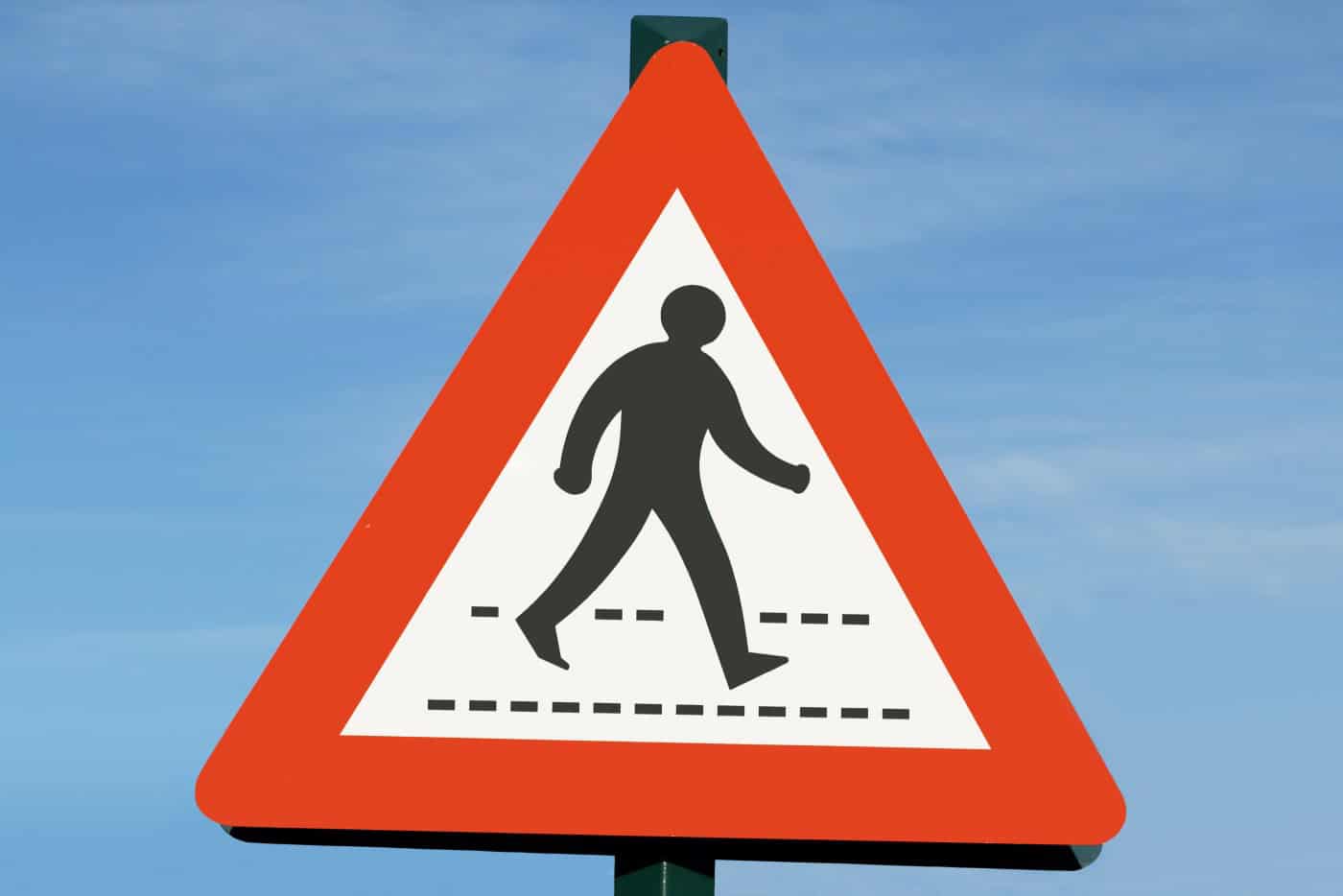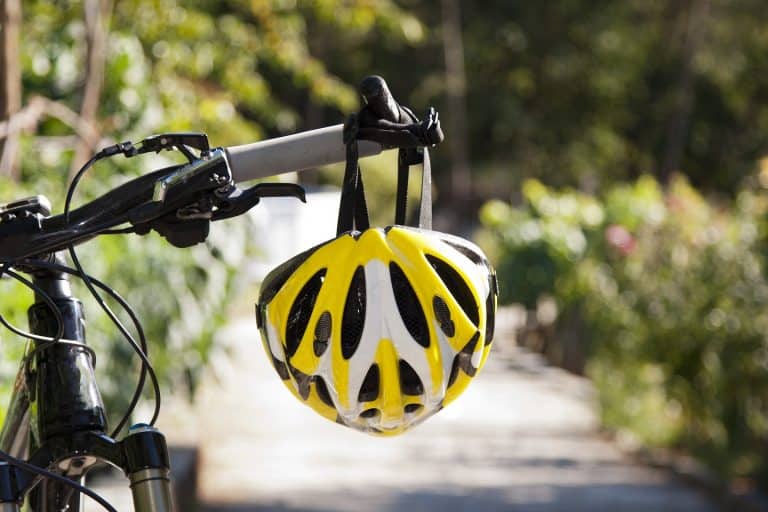
How do changes to the Highway Code legally affect pedestrians?
On 29 January 2022, the Highway Code was updated by the Department of Transport with the express goal of improving the safety of people walking, cycling and riding horses. The changes were met with controversy and above all misunderstanding. Here I hope to dispel misunderstanding by writing about whether the changes make any difference in terms of civil law from a pedestrian’s point of view. Civil law governs the interactions between individuals. Criminal law applies to the relationship between the state and individuals. You can’t get sent to jail for civil law violations, but if you do something illegal, you usually end up paying another person compensation.
The most obvious change to the Highway Code is the introduction of the Hierarchy of Road Users, which is placed right at the beginning of the Highway Code, to reflect its importance. This hierarchy places in order of priority:
- Pedestrians
- Cyclists
- Horse riders
- Motorcyclists Cars
- Vans/minibuses
- Large goods/passenger vehicles
The aim is to place the greatest responsibility to reduce danger on those who have the potential to cause the greatest harm. It’s surprising the amount of ire, this apparently sensible notion has generated.
Before I explain how changes to the Highway Code affect a pedestrian’s civil law rights, I point out anything in the Highway Code preceded by ‘MUST’ reflects a legal requirement, usually from the Road Traffic Act 1988 and usually carrying criminal sanctions. Anything preceded with ‘SHOULD’ is guidance only and is not a legal requirement. The significance of this is, in civil law claims, when a judge considers whether a person behaved illegally they will consider guidance in the Highway Code.
Main Changes for Pedestrians
The Highway Code has been altered in about 50 places. Here are the two rules which I think apply most to your everyday pedestrian.
- Rule 8 – At a junction. When you are crossing or waiting to cross the road, other traffic should give way. Look out for traffic turning into the road, especially from behind you, and cross at a place where drivers can see you. If you have started crossing and traffic wants to turn into the road, you have priority and they should give way.
- Rule 19 – Zebra Crossing. Give traffic plenty of time to see you and to stop before you start to cross. Vehicles will need more time when the road is slippery. Wait until traffic has stopped from both directions or the road is clear before crossing. Remember that traffic does not have to stop until someone has moved onto the crossing. Drivers and riders should give way to pedestrians waiting to cross and MUST give way to pedestrians on a zebra crossing.
The Legal Standard for Drivers
The civil law standard for drivers (or indeed, riders and cyclists) is that of a reasonably prudent person. This concept of exercising reasonable care and skill has been around in law since 1932. The reasonably prudent person will be aware of dangers and exercise care commensurate with the level of danger. For example, they will keep a proper look out for other road users; slow down where children may be present; slow down if conditions are unsafe; and take action to avoid a collision if they are reasonably able to do so in the circumstances. If a driver hits a pedestrian and a reasonably prudent driver would have avoided the collision, that driver will be at fault under civil law and liable to pay compensation.
A counsel of perfection is not expected of drivers. Civil law does not require them to have the reflexes of Lewis Hamilton. If a pedestrian without notice places themselves into the path of a car and the driver is not reasonably able to avoid a collision, there will be no civil liability. In the real world this does not happen often. Usually, a reasonably prudent driver will spot the dangers and be able to take action to avoid a collision. Examples of dangers are: a person about to cross the road without looking; a person running to cross the road from distance; or a busy narrow shopping street where someone might cross from between parked cars.
If a driver is at fault for hitting a pedestrian; but the pedestrian has failed to take reasonable care for their own safety and this contributed to the collision; the pedestrian’s compensation will be reduced in proportion to their level of blameworthiness. This is known as contributory negligence. When apportioning blame, judges for a long time have placed more responsibility on those who have the greater causative potential for harm. This is pretty much the same as the hierarchy of road users, and legally it is old news.
The Legal Standard in Action
It can be said the legal standard for drivers is some 90 years old. Here are some real life examples of it in action.
1) Driver 100% to blame
Thomas v Kostanjevec [2004]
Pedestrian (P) hit by a motorcyclist (M) and killed when crossing a road near a bend. It was found P crossed at a safe place and the road was clear when they set off. M should have anticipated possible obstacles when negotiating the bend and should have reduced speed accordingly.
M v Rollinson [2002]
P was 5 years old. She ran around the front of an ice cream van and was hit by a driver (D) travelling at 15mph. It was found 15mph in the circumstances was not slow enough.
2) Driver at fault but pedestrian blameworthy
Kozimor v Adley [1962]
P ran on to an uncontrolled crossing in front of D travelling at about 25mph and about 15 yards away. D braked but could not avoid P. It was found D ought to have anticipated such an occurrence and avoided the collision, but P was 75% to blame.
Spiller v Brown [1999]
P crossed a road directly in front of a stationary bus. D was driving in the same direction as the bus and overtook whilst it was stationary at the bus stop. It was found D failed to keep a proper look out, but P failed to heed the Highway Code, which warns against crossing behind or in front of a bus. P was 50% to blame.
3) Driver not at fault
Norris v Tennant-Smith [1998]
P walked out in front of D, who had 1 to 1.5 seconds to react. D braked and swerved but was unable to avoid hitting P. D was found to have acted reasonably in the circumstances and was not at fault.
Barlow v Smith [2000]
P was part of a group larking about at the side of the road. D was travelling at about 25mph through a green light. P ran into the road and was hit. It was found D ought not to have expected P to run out and was not liable for the collision.
How Do Changes to the Highway Code Legally Affect Pedestrians?
Let’s apply the above principles to Rule 8 and Rule 19.
Rule 8 pedestrian priority when crossing at a junction
Drivers should now give way to pedestrians when they are waiting to cross or when they have started to cross.
This rule has not changed much how a reasonably prudent driver would behave. Drivers turning into junctions are not going fast. A reasonably prudent driver ought to spot people waiting to cross if they are in a position that can be seen. If a person crosses the road there ought to be enough time for the driver to see this and to avoid a collision. Therefore in most cases this rule is unlikely to change how judges determine liability.
This rule may change civil liability in this particular scenario. A driver turns into a junction and does not give way to a pedestrian waiting to cross. The pedestrian crosses so close to the car the driver does not have time to take reasonable action to avoid a collision. Before the rule change, a judge may have found the driver ought not to have expected the pedestrian to unexpectedly cross and is not liable. After the rule change, a judge may find the driver ought to have expected the pedestrian to cross and should have slowed down or given way; and is liable for the collision. In this scenario, it is likely the pedestrian will face a significant finding of contributory negligence for crossing dangerously close to a vehicle.
Rule 19 pedestrian priority at zebra crossings
Drivers now should give way to pedestrians waiting to cross and must give way to pedestrians on a zebra crossing.
Before this rule came into force, a reasonably prudent driver would spot pedestrians, assume they will cross and slow down accordingly. This rule is unlikely to change how judges determine liability and blameworthiness in collisions at zebra crossings.
Still Much the Same
The changes to the Highway Code have not significantly changed the 90 year old legal standard for driving and how judges apply the law.
From a pedestrian’s point of view there is nothing really new in the changes in the Highway Code. Drivers ought to be educated about this. Once drivers realise Rules 8 and 19 simply make reiterate how they would drive as a sensible driver, there will be more acceptance and less collisions.
Hokman Wong is a brain injury solicitor. Road traffic collisions are a number one cause of brain injury. That’s why improving road safety is important to him. He wishes road users would start helping each other to keep everyone safe.










